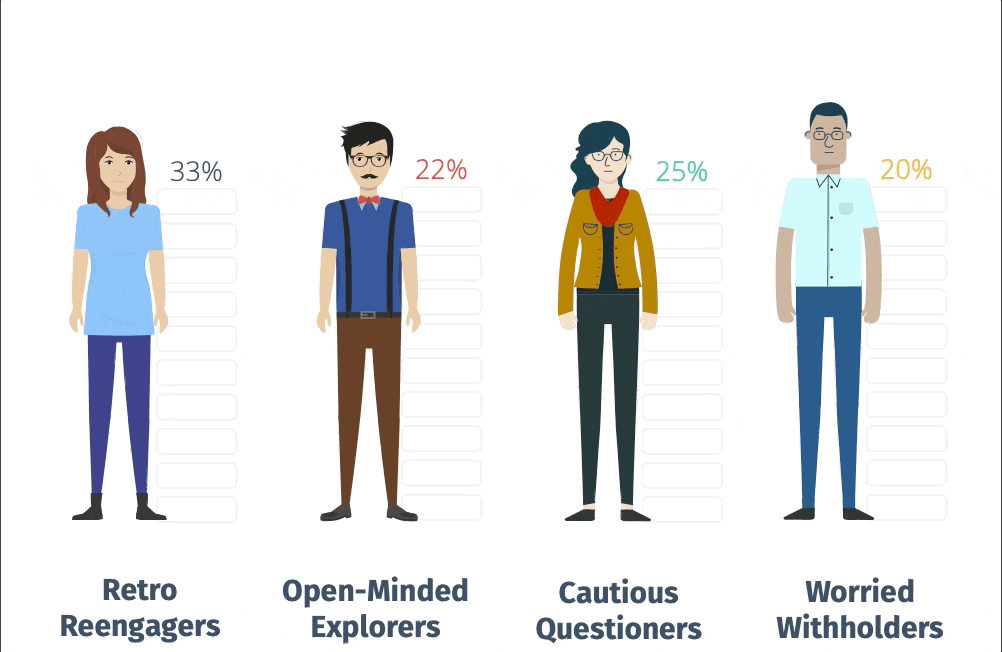If you wonder whether inbound marketing can focus on digital ads and organic SEO (search engine optimization), the right answer is often - "yes." Making a choice about whether to include ads along with inbound marketing and its native SEO vs. digital ads is based on your business needs. Inbound marketing, done well, can address both long-term and short-term business goals.
Inbound marketing is a philosophy and a system for marketing. At its heart, inbound marketing seeks to meet the needs of customers as they explore and consider solutions for the problems they face. This is not interruption - in other words, inbound provides answers to the questions that people are searching for online. Advertising operates on another principle, and it stops you from viewing what you are interested in either by blocking or distracting you. People are becoming less and less interested in being interrupted, and the rise of ad blockers and ad-free TV streaming clearly make this point. Given the philosophical difference, does advertising fit within inbound?
The advertising plus inbound answer can be, "yes"
When used in a smart way, advertising can extend the value that you offer to help clients answer questions and solve problems by making those resources convenient to find. It can place your client serving resources in email, social networks, search pages, and digital ads alongside other content that consumers are interested in viewing.
Advertising can also help you extend your brand beyond your current search engine optimization (SEO) reach. That is, if you aren't ranking well on a number of keywords, or don't have a strong social network yet, you can use ads to "rent" that ranking or space.
View advertising as a way of renting a store-front with good street traffic while you are working to own the building.
For some industries, this may be a long-term necessity because of the level of competition, but that shouldn't stop you from working to "own" SEO listings that grow over time to replace advertising costs.
Advertising isn't a good fit for inbound when:
- You are selling a commodity in which competition is solely based upon price, or you don't care about the quality of customers, just the quantity
- When it pushes you from building trust and relationships with clients into forcing a sale before you have built credibility - customers you haven't really "won" are often not great customers
- When you want to build long-term market strength and can only afford one or the other
Inbound systems can help you manage both organic and advertising
The systems that inbound uses to build traffic online and relationships cultivate great customers. With good marketing automation like HubSpot, you are able to manage best practice inbound and digital advertising. The same things that are required for good inbound are also required for good ads.
A smart approach to inbound is to blend digital ads where they fit your budget and business goals. The outcomes should be tracked side by side, allowing you to review the costs of acquisition and measure the behavior of those who become prospects from both channels. Inbound customers tend to be much stronger for business growth, and by blending the two effectively, you can often acquire customers that also benefit from the inbound content that you share.







